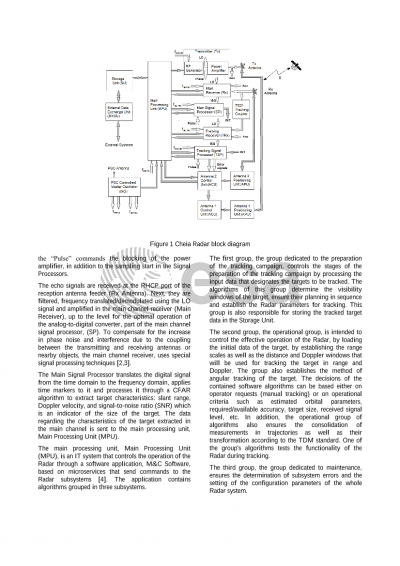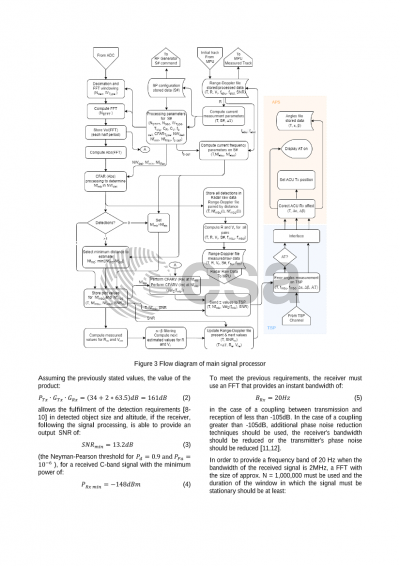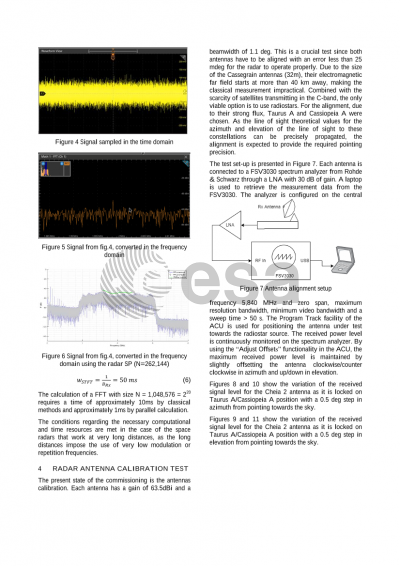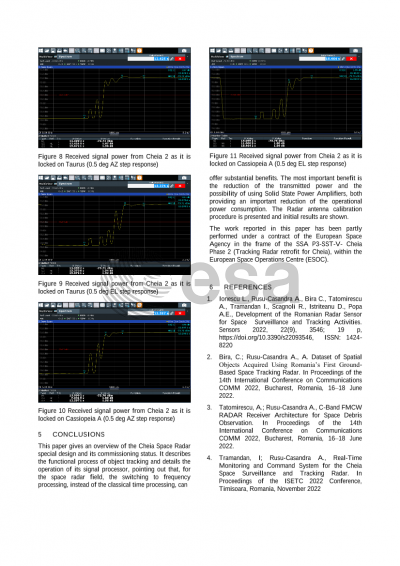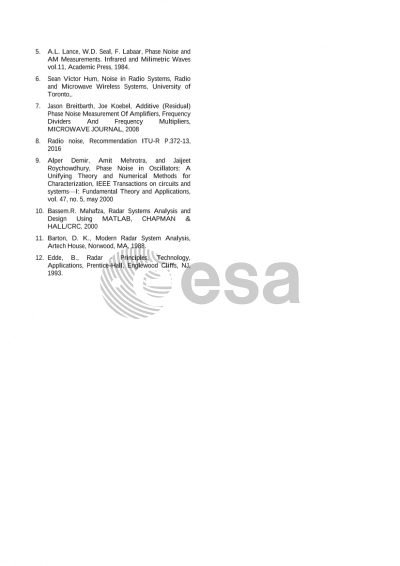Document details

Abstract
The constant growth in the number of space objects and debris flying in various orbits around the Earth creates dangers to satellites and other space vehicles, both in orbit and during the launching process. Therefore, the tracking of space hazards to evaluate risk and prevent collisions is of high importance for human activity in space, but also due to the potential threat to people and assets on the ground. The European Space Policy for years 2021-2027 acknowledges this problem, includes a dedicated element for Space Situational Awareness (SSA) and requires the establishment of a Framework for Space Surveillance and Tracking (EUSST) Support. As part of this effort, a new space tracking sensor, the CHEIA SST Radar, has been developed and installed in Romania with the purpose of detecting and tracking LEO objects (above a defined size and up to a specified altitude) in order to refine the ESA space debris environment model, containing physical and orbital information about LEO space debris and to refine a future European Master Catalogue for Space debris. The Cheia Radar constitutes a particular case of space sensor because of using an already existing system of two large parabolic antennas requiring an innovative retrofitting design to include them as the basis for a new quasi-monostatic Radar using LFMCW probing signals. The existing Cheia 32m parabolic antennas (built in 1977 and 1979 respectively) were used in the past for telecommunication applications and are presently no longer in use. The preliminary design was validated by extensive simulations and the initial operational testing carried out in December 2021 demonstrated the good performance of the Radar in the measuring range and radial speed of LEO space objects. The present paper describes the processes of site acceptance testing of the Radar system from the second half of 2022, against the functional and performance requirements defined by ESA.
Preview

